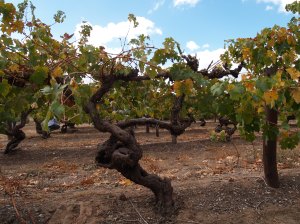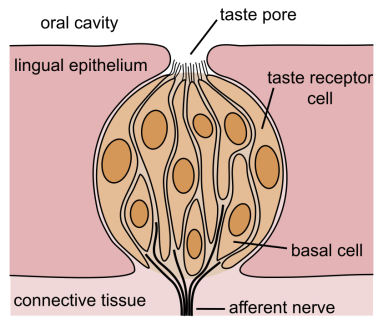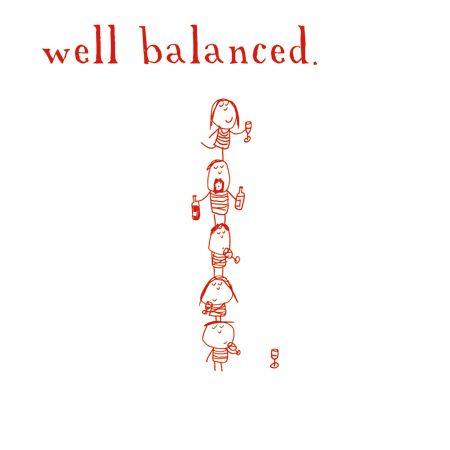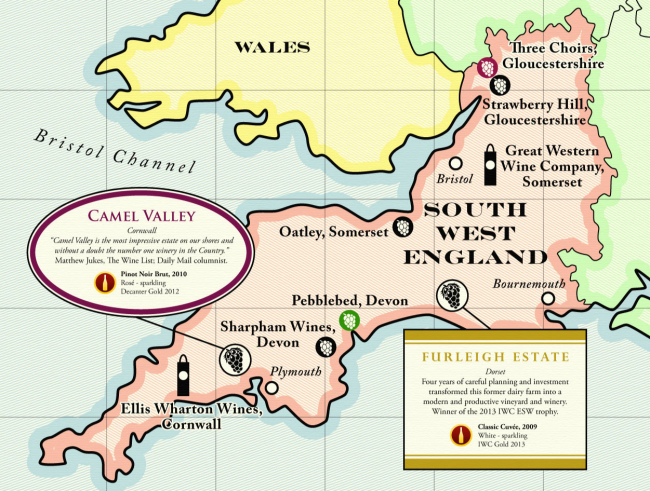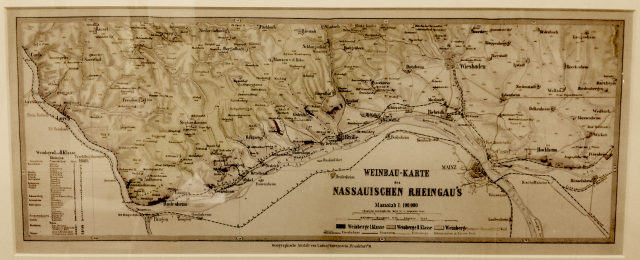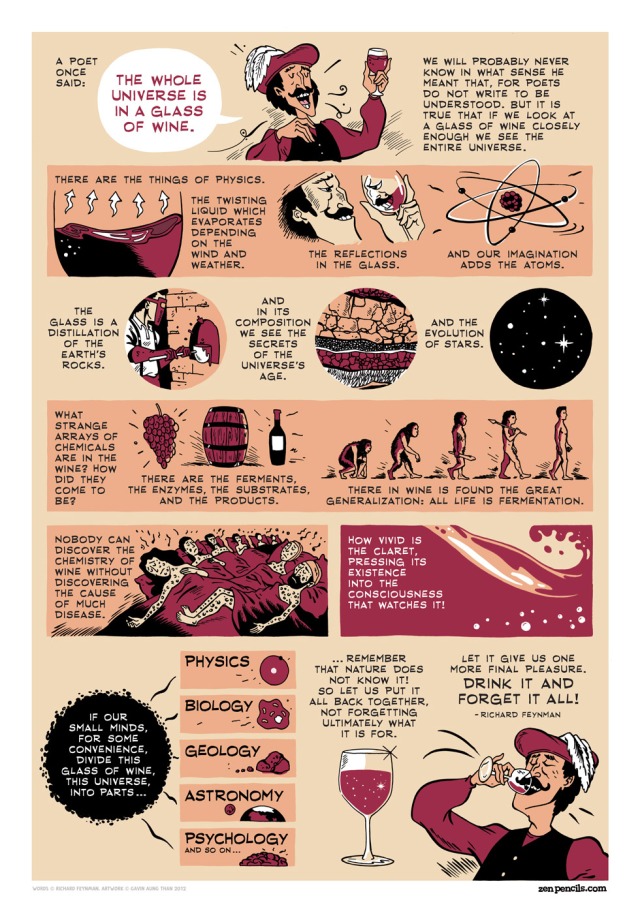by Neel Burton and James Flewellen
Following previous posts on the history of champagne and the geography of the Champagne region, in this article we cover the method of champagne production.
——————————————————————————————————–
Like many sparkling wines, champagne is produced by the traditional or classic method, which is characterized by a second fermentation in the very same bottle in which the wine eventually comes to be sold. Although the traditional method is usually thought of as the best method for producing sparkling wine, it is the only method that does not require expensive, bulky equipment, and hence the only method that is available to the small producer.
The grapes that go into making champagne require both high acidity and phenolic ripeness, a combination that is much easier to achieve in the cool Champagne region than in warmer climates. So as to preserve acidity, grapes are harvested early at a low must weight. This comes at the expense of sugar content, which is made up for by the subsequent addition of sugar in the form of liqueur de tirage and liqueur de dosage and also, in some cases, by initial chaptalization (see later). In black grapes it also comes at the expense of colour, which for champagne is in fact a benefit.

A bottle of undisgorged Champagne resting on the lees. The yeast used in the second fermentation is still in the bottle, which is closed with a crown cap. (Photo credit: Wikipedia)
Continue reading →

